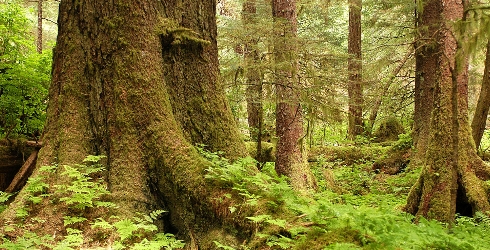
I was just reading that of all the forests in the USA, only4-6% are considered old growth. That means when Europeans landed we’ve cut down 95% of the trees — many of which have regrown over the last 3-4 hundred years. (We’re lucky to have some old growth forests in the Smokies Mountains.)
Ever in search of metaphors for my branding practice, today I’ll turn to old growth forests. AKA origins. Many brand planners — especially those who learned the craft since the advent of the web, search technology and ecommerce — are doing brand strategy using new growth forests. Sure, they look at brand heritage, founders, and naming. And sure, they delve into the company brand archives. But they’re really only evaluating yellowing artifacts. Rarely strategy. Were they to be dealing with old growth evidence, they’d be planning and strategizing using the people, culture and psychology of the day.
Let’s face it, in America most products and services aren’t (themselves) old growth. If your product has been around 50 years plus you are in the micro-minority. Even so, planners need to be aware of the brands they study over time. Rather than mine physical artifacts, they should be thinking about the people, their motivations, and existential desires longitudinally. This is how we get to insights. This is how we understand and change behavior.
Ask yourself when planning, what are the old growth factors, the functional/behavioral factors the brand will fulfill. And deepen your insights.
Peace.


